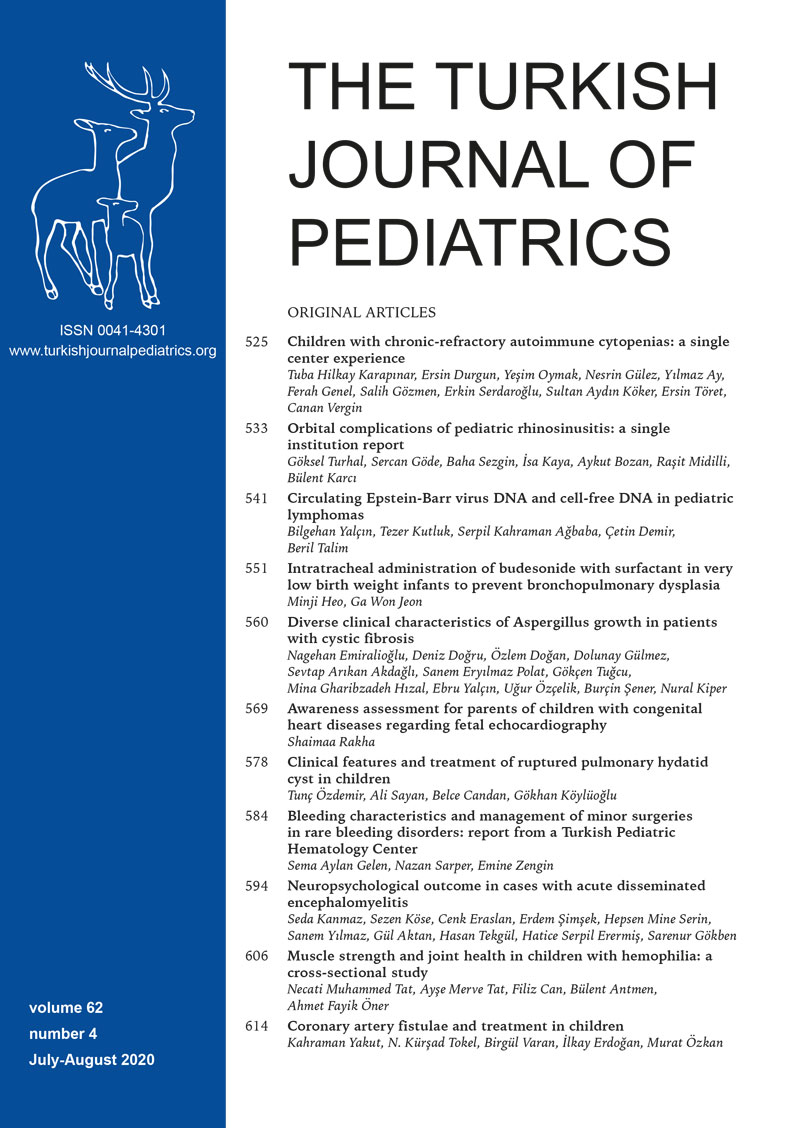Abstract
Background. Rhabdomyolysis; can occur due to toxic, infectious, metabolic, and genetic causes. Severe rhabdomyolysis may progress to several clinical manifestations such as cardiac arrest and may pose a risk of mortality if it is not treated timely.
Case. In this article, we presented a 26-month-old patient who was admitted with an acute rhabdomyolysis attack and a venovenous hemodiafiltration (CVVHDF) was initiated on the 5th hour of hospitalization. Creatine kinase (CK) levels of the patient continued to increase (max: 943 452 IU/L) until the 5th day of treatment and hereafter began to decrease. As the common causes of rhabdomyolysis were excluded and the CK levels were the highest values reported in the literature, although, LPIN1 deficiency was the most suspected diagnosis, to facilitate the diagnostic procedures a whole-exome sequencing was performed. A homozygous [c.1696G > C p. (Asp566His)] mutation was detected on LPIN1 gene. This variant has not been described previously, however, when examined with programs such as SIFT and Mutation taster, it has been considered as pathogenic.
Conclusion. In the pediatric age group, especially in infants presenting with severe rhabdomyolysis, LPIN1 deficiency should also be considered; as early diagnosis and appropriate treatment may reduce mortality.
Keywords: LPIN1 deficiency, creatine kinase, rhabdomyolysis
Copyright and license
Copyright © 2020 The Author(s). This is an open access article distributed under the Creative Commons Attribution License (CC BY), which permits unrestricted use, distribution, and reproduction in any medium or format, provided the original work is properly cited.














